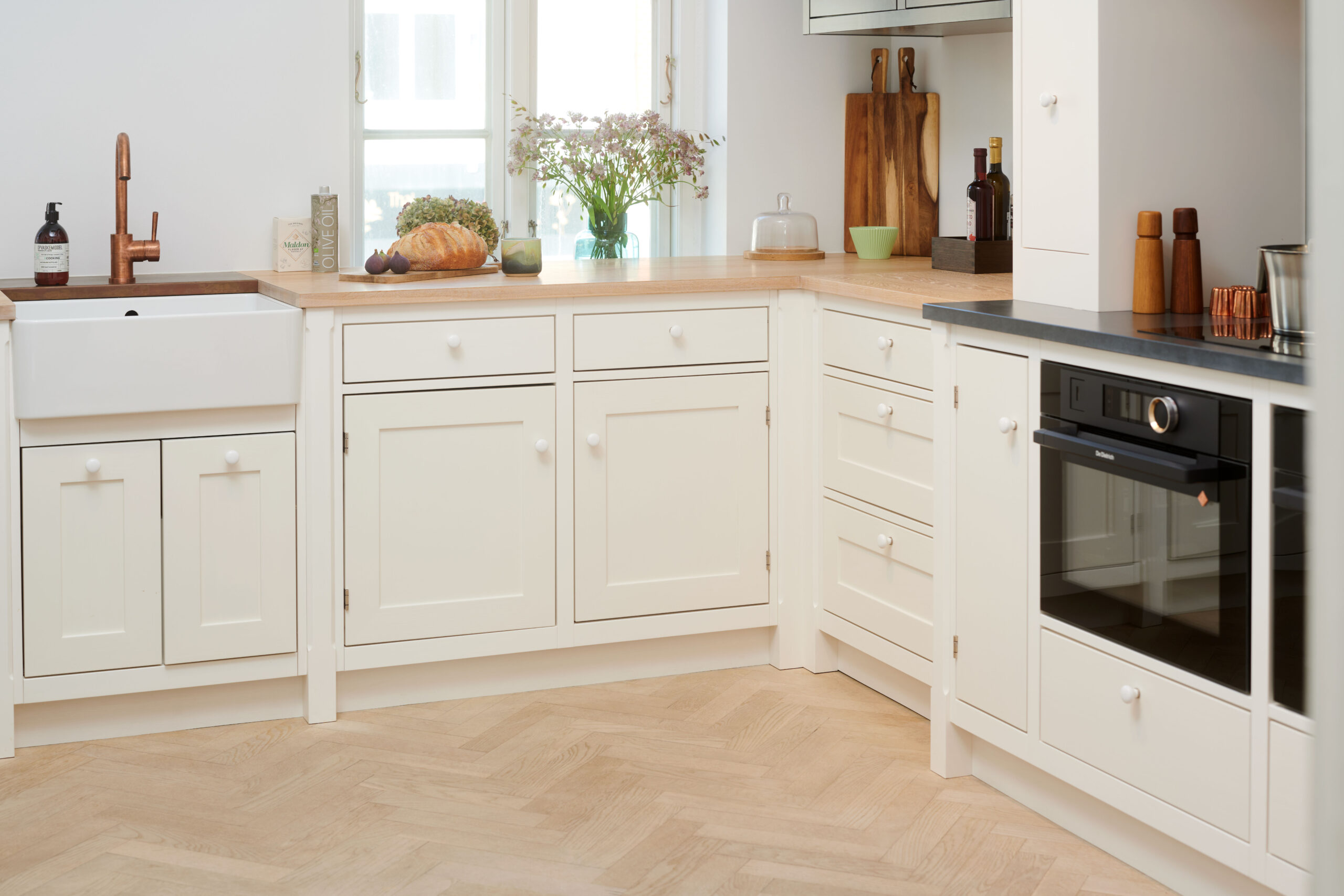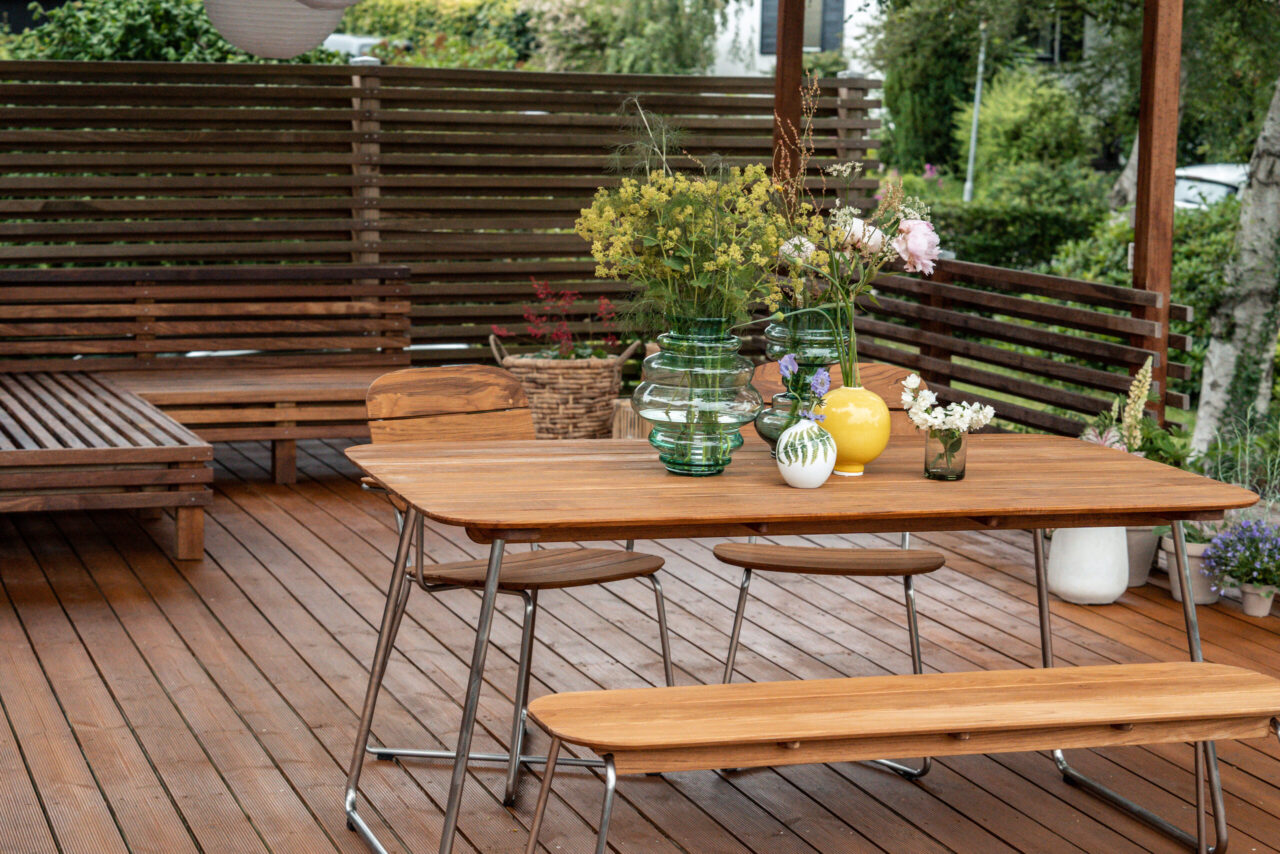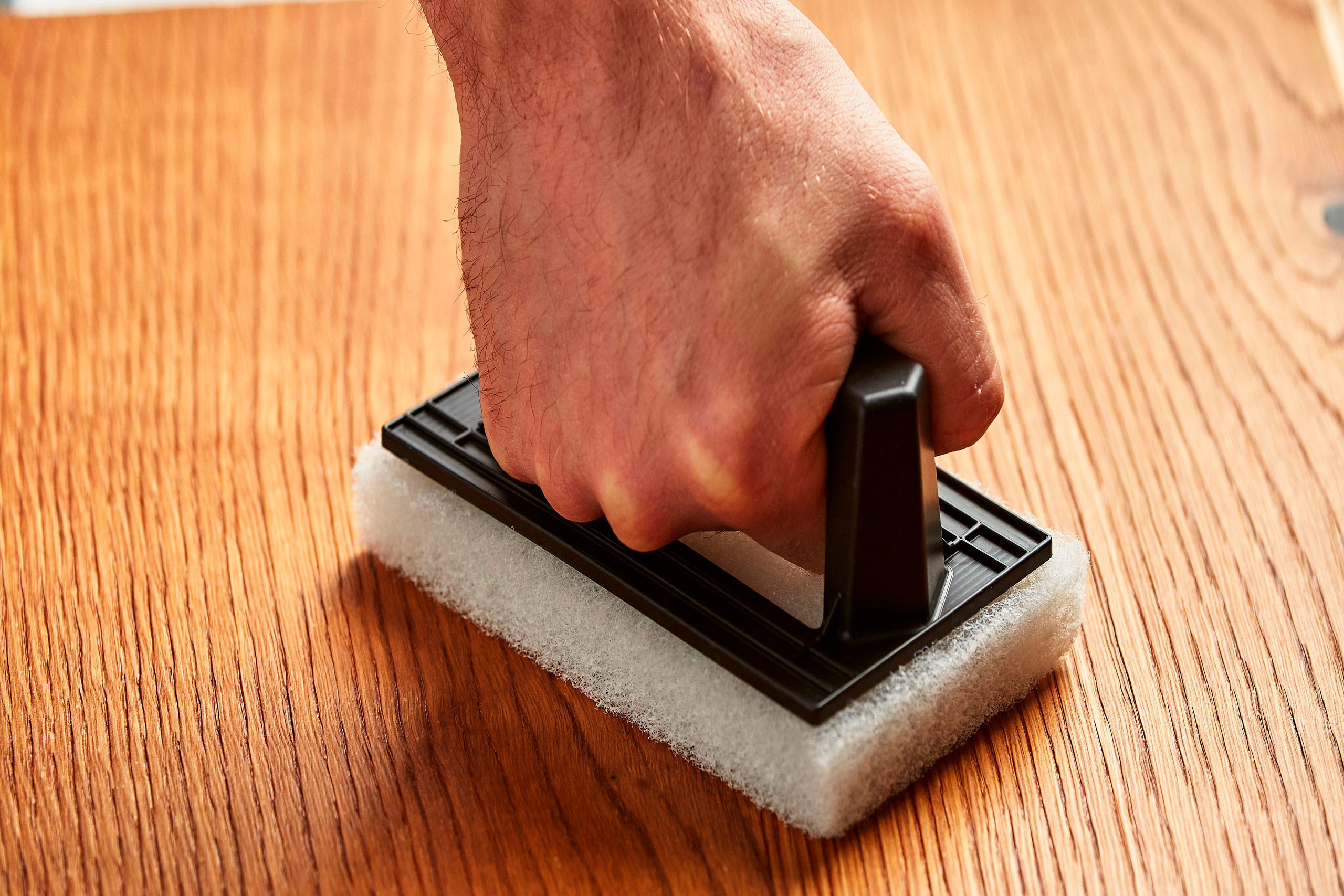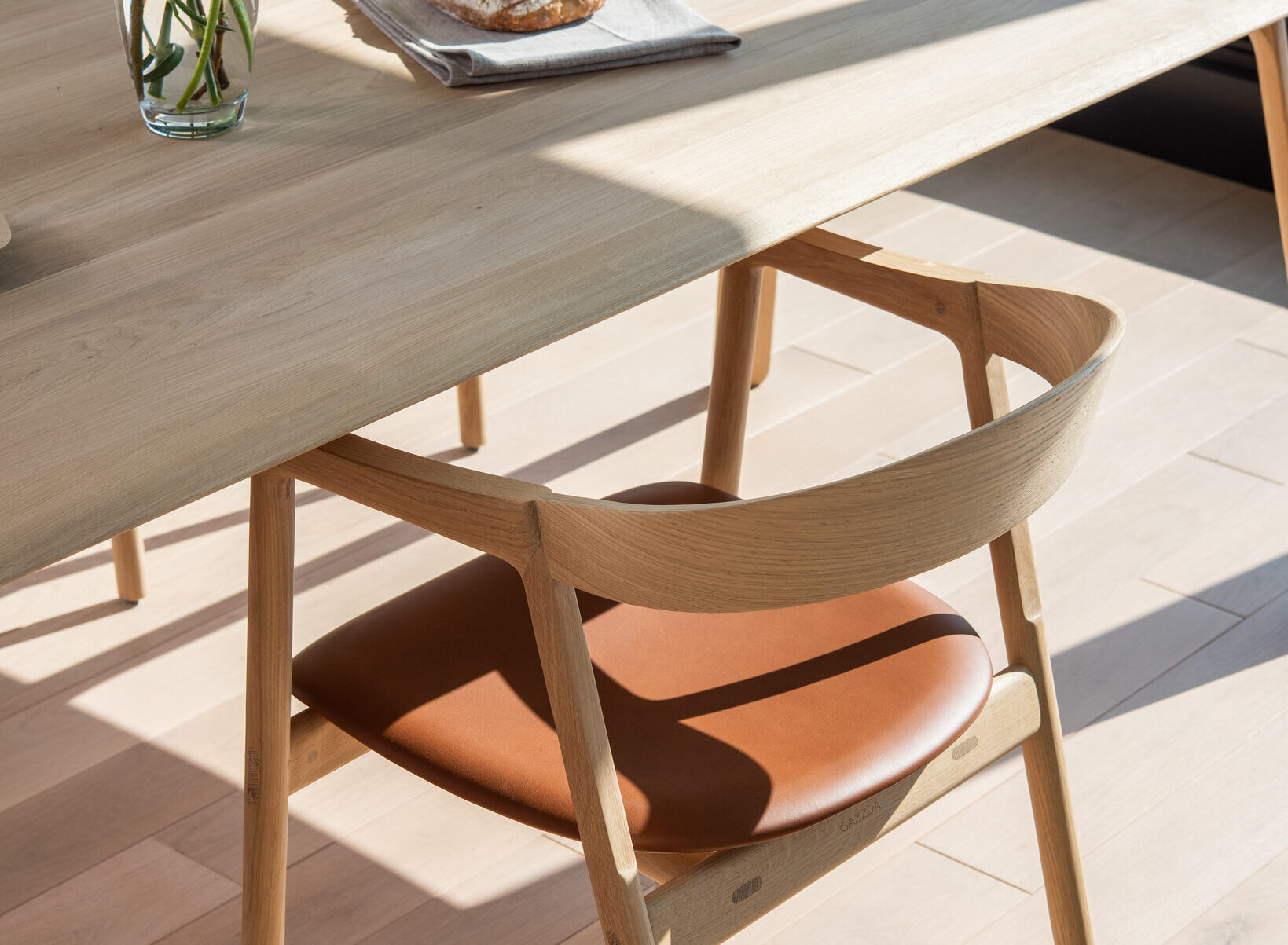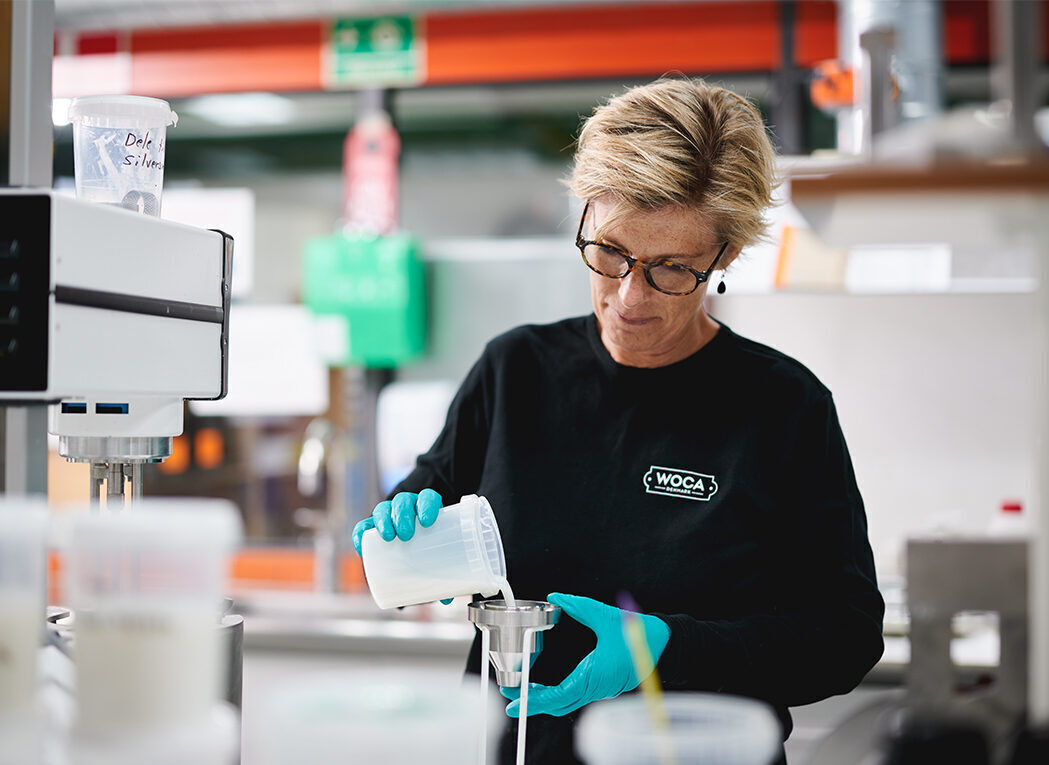How may we help you?
Personal advice is the essence of WOCA Denmark. That is why we support and deliver to our clients worldwide from our headquarters in Denmark. We are ready to help answer all of your questions about our products and services. You can find answers in our FAQ 24/7 on the most common questions or you can fill out our contactform via the Contact button.

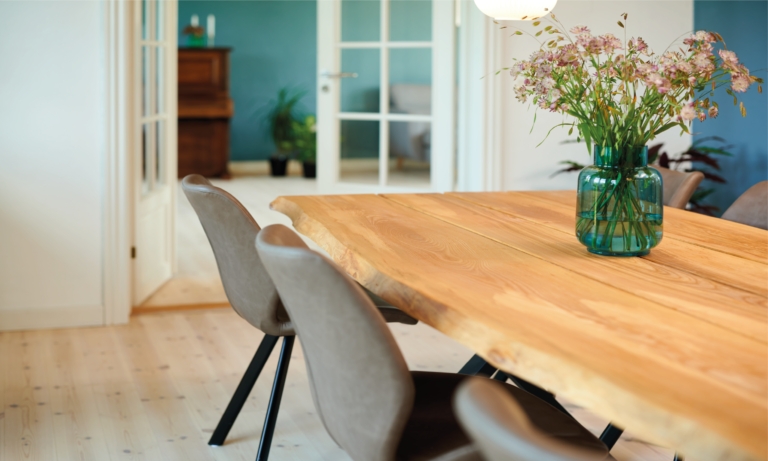
FAQ
We have created an FAQ with the most common questions and answers.
If you can not find the answer to your question in the FAQ, you are always welcome to fill out the contactform or send us an e-mail.
We will find the right expert for you and provide an answer as quickly as possible.
Find your answer below
Frequently asked questions
Shelf life and batch number
Get in touch - and start collaboration
Call us anytime
